Health Benefits of Agave Nectar
The increasing awareness of health benefits associated with agave nectar is a primary driver in the Agave Nectar Market. Agave nectar is perceived as a natural sweetener with a lower glycemic index compared to traditional sugars, making it appealing to health-conscious consumers. This perception is supported by data indicating that the agave nectar market is projected to grow at a compound annual growth rate of approximately 5.5% over the next few years. As more individuals seek alternatives to refined sugars, the demand for agave nectar is likely to rise, further propelling the Agave Nectar Market. Additionally, the rise in dietary restrictions and the popularity of veganism contribute to the increasing preference for plant-based sweeteners, positioning agave nectar as a favorable option.
Rising Popularity of Natural Sweeteners
The rising popularity of natural sweeteners is a crucial driver for the Agave Nectar Market. As consumers increasingly seek to reduce their intake of artificial ingredients, the demand for natural sweeteners like agave nectar has surged. This trend is reflected in market data, which indicates a growing preference for products that are perceived as healthier and more natural. The agave nectar market is benefiting from this shift, as it is often marketed as a clean label product, appealing to consumers who are wary of synthetic additives. Additionally, the rise of health-focused diets, such as paleo and keto, has further fueled interest in natural sweeteners, positioning agave nectar as a viable option for those looking to maintain a balanced diet. This trend is expected to continue, driving further growth in the Agave Nectar Market.
Sustainability Trends in Food Production
Sustainability trends are increasingly influencing consumer choices, thereby driving the Agave Nectar Market. As consumers become more environmentally conscious, they tend to favor products that are sustainably sourced and produced. Agave nectar, derived from the agave plant, is often marketed as a more sustainable alternative to traditional sweeteners, as it requires less water and can thrive in arid conditions. This aspect resonates with consumers who prioritize eco-friendly products. Furthermore, the agave nectar market is witnessing a shift towards organic certifications, which enhances its appeal among environmentally aware consumers. The emphasis on sustainability is likely to bolster the growth of the Agave Nectar Market, as brands that align with these values may capture a larger market share.
Diverse Applications in Food and Beverage
The versatility of agave nectar in various food and beverage applications serves as a significant driver for the Agave Nectar Market. It is utilized not only as a sweetener in beverages but also in baking, sauces, and dressings, appealing to a wide range of culinary uses. The beverage sector, particularly, has seen a surge in the incorporation of agave nectar in cocktails and health drinks, which aligns with the growing trend of natural ingredients. Market data suggests that the food and beverage segment accounts for a substantial share of the agave nectar market, indicating a robust demand. As manufacturers continue to innovate and introduce new products featuring agave nectar, the market is expected to expand, reflecting the evolving preferences of consumers seeking healthier alternatives.
Expansion of E-commerce and Online Retail
The expansion of e-commerce and online retail channels is significantly impacting the Agave Nectar Market. As consumers increasingly turn to online shopping for convenience, the availability of agave nectar through various e-commerce platforms is enhancing market accessibility. This trend is particularly relevant as consumers seek specialty products that may not be readily available in local stores. Market data suggests that online sales of food products, including agave nectar, have seen substantial growth, indicating a shift in purchasing behavior. The rise of subscription services and direct-to-consumer models also contributes to this trend, allowing brands to reach a broader audience. As e-commerce continues to evolve, it is likely to play a pivotal role in shaping the future of the Agave Nectar Market.


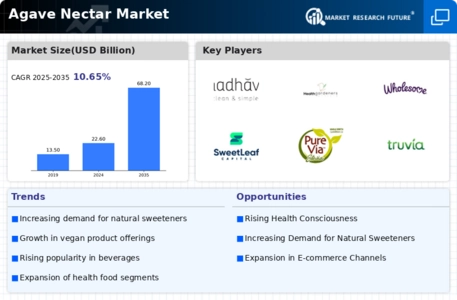

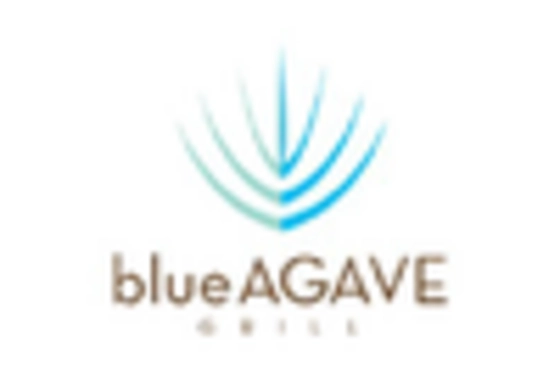

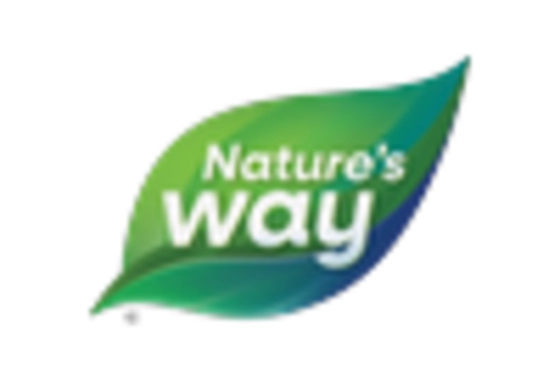
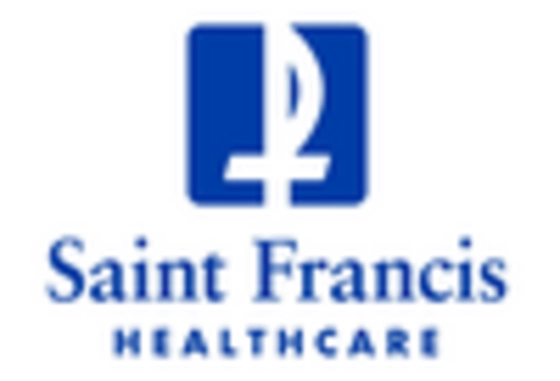
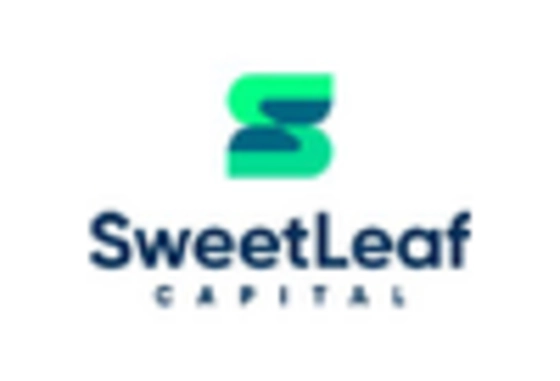
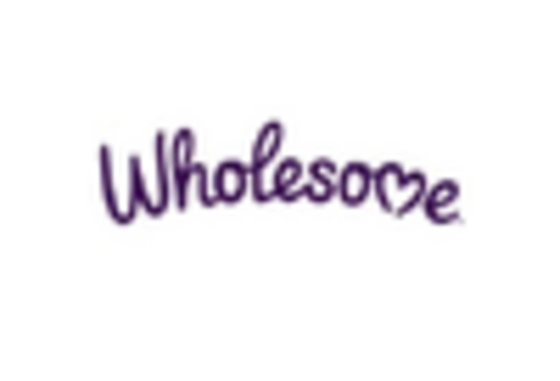








Leave a Comment